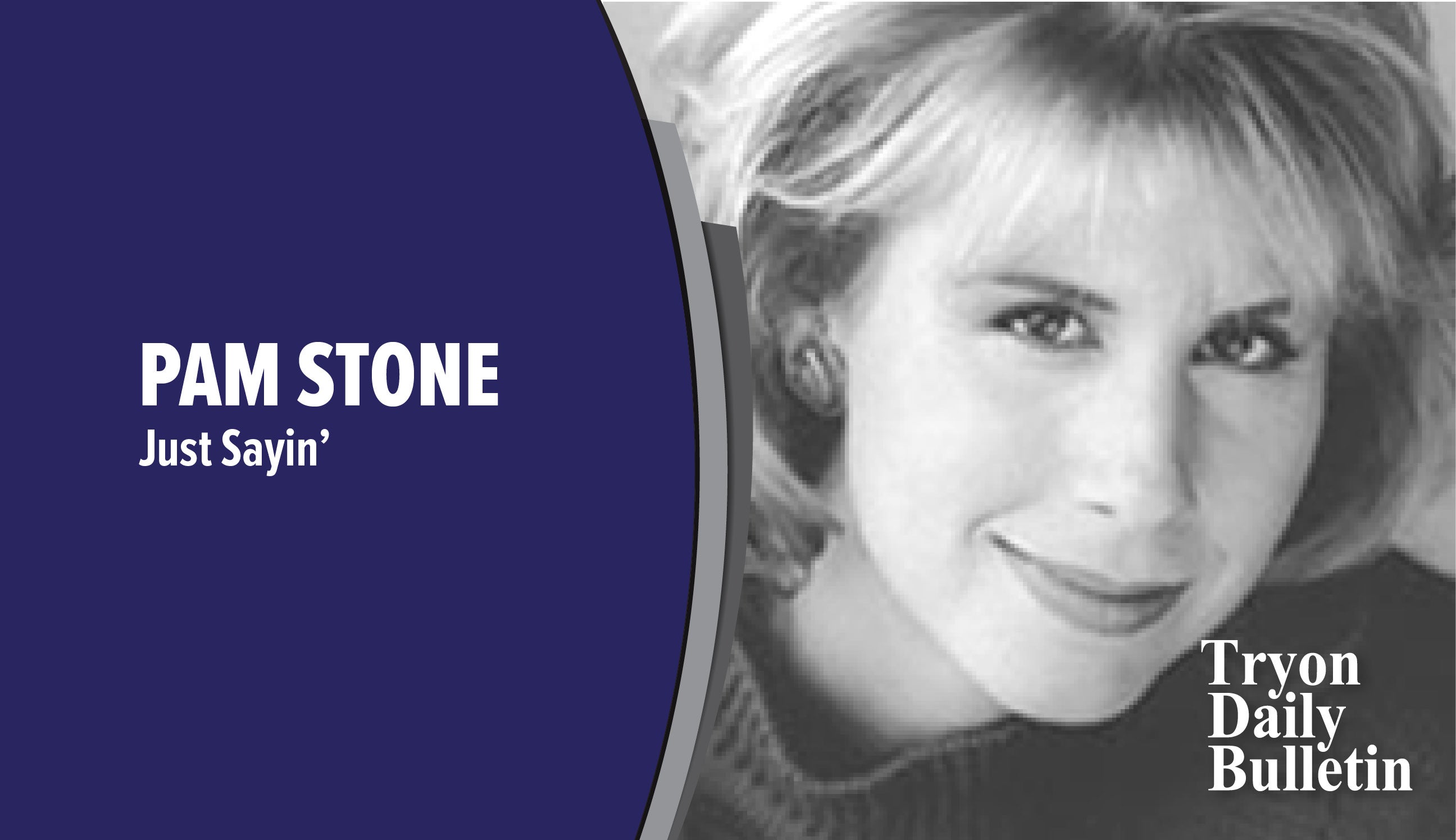Achieve carbohydrate control in quest to lose fat
Published 10:00 pm Thursday, March 10, 2016
Well, spring is almost here, and it’s that time of year when we trade in that bulky winter clothing for lighter, more form fitting attire. Now don’t panic if you’re just getting started. You can still make real progress in losing that body fat. Today I’m going to teach you how to achieve carbohydrate control to start losing that fat.
The word carbohydrate, or “carb,” is synonymous with the word sugar. There are three different basic types of carbs. The first is called a monosaccharide. Monosaccharide means “one sugar” and is the simplest basic form of carbohydrate.
Examples of monosaccharides could be fructose (fruit sugar) and glucose (blood sugar).
The second type of sugar is called a disaccharide, also called a double sugar or biose. Disaccharide sugars are formed when two monosaccharides (simple sugars) are joined.
Examples of disaccharides are sucrose (table sugar) and lactose (milk sugar).
The third type of sugar is called a polysaccharide, meaning “many sugars,” and are composed of long chains of monosaccharides. Polysccharides don’t usually even taste sweet, and come from sources like bread, rice, pasta, and potatoes.
Eating too many carbohydrates makes us fat in two ways. First, if you take in too many carbs, which makes blood sugar rise, you increase insulin production, which then causes blood sugar levels to abruptly fall. This increases appetites, which causes you to eat more, and thus gain more weight.
The second way consuming too many carbs making us gain fat is if blood sugar levels are high, you won’t dip into or metabolize your fat stores. Remember, the body has two fuel tanks: a fat fuel tank and a sugar fuel tank.
Here’s the thing … you can’t burn them both at the same time. In other words, if sugar is in your blood stream, you won’t metabolize fat. When your blood sugar levels start to lower, your liver converts fat into fatty acids which the body then burns (metabolizes) for energy.
Now, before you go out there and start a low carbohydrate diet, let’s look at the whole picture. First, you can’t live without carbohydrates. They fuel both your muscles and your brain. In fact, studies have shown that individuals on “extreme” carbohydrate-restricted diets can have difficulty performing tasks that require high-order cognitive function or learning.
Let me share some approaches I use with my weight loss clients. First, get at least 25 grams of fiber a day. Fiber is found only in high carbohydrate foods, which explains why many on low-carbohydrate diets experience constipation. Fiber also fills you up, so you consume fewer calories.
Have no less that 130 grams of carbohydrates a day. This is the minimum amount needed for proper brain function.
Instead of having your carbs all throughout the day, I recommend having them with two meals only, if you are trying to lose body fat. Try eating your carbohydrates at or near the same time each day to avoid gastrointestinal problems. If you’re cutting way back on carbs, keep a can of Coke (real, not diet) in your car. If you’re feeling light-headed because of low blood sugar, pull over, drink the Coke, or other sugary drink to raise your blood sugar, then get help.
Diet or exercise question? Email me at dwcrocker77@gmail.com. David Crocker of Landrum has been a nutritionist and master personal trainer for 29 years. He served as strength director of the Spartanburg Y.M.C.A., head strength coach for the USC Upstate baseball team, S.C. state champion girls gymnastic team, and the Converse College equestrian team. He served as a water safety instructor to the United States Marine Corps, lead trainer to L.H. Fields modeling agency, and taught for four semesters at USC Union. David was also a regular guest of the Pam Stone radio show.





